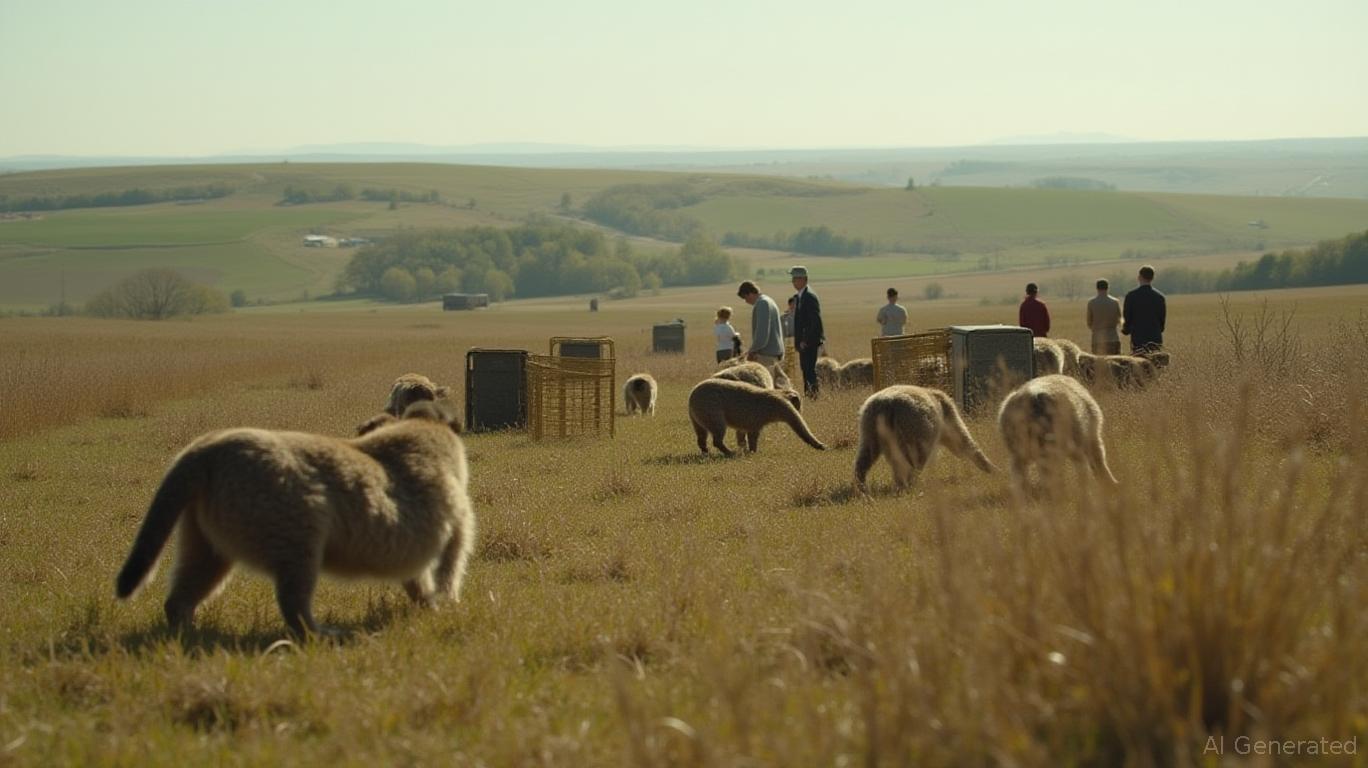Iowa mink release triggers environmental disaster and ignites discussion over federal anti-terrorism legislation
Farmers in Iowa are urgently trying to recover close to 2,000 mink that were set free in what authorities suspect was an anti-fur demonstration, an act the Fur Commission USA has labeled a "terrorist act" under federal statutes, according to
This event has sparked renewed discussion about animal rights activism and the financial consequences for the mink industry. The Fur Commission USA, representing American mink farmers, noted that one or two such incidents happen each year, usually motivated by anti-fur campaigners. "Setting farm-raised mink loose into the wild actually causes harm to the animals and upsets the balance of local ecosystems," said Challis Hobbs, the commission’s executive director. Some of the freed mink have already killed ducks and geese on the property, adding to the farmer’s losses.

Under the Animal Enterprise Terrorism Act (AETA), federal law classifies such acts as terrorism if they are intended to "obstruct or destroy" animal-related businesses. Hobbs mentioned that previous mink releases have resulted in charges under this law, but as of Friday, no suspects had been apprehended. Sgt. Todd Denton of the Harrison County Sheriff's Office declined to provide details about the ongoing investigation, and the farm owner, via Hobbs, would not speak to the media.
Although the U.S. mink industry is smaller than it once was, it still plays a significant economic role. According to Fortune, there are about 275 mink farms in 23 states, producing roughly 3 million pelts each year with a value exceeding $300 million. However, output has dropped over the last ten years, with only 771,000 pelts produced in 2024. Animal welfare organizations, such as the Animal Legal Defense Fund, maintain that mink farming is cruel and poses health hazards, pointing to disease outbreaks like avian flu as evidence.
Farmers are now using live traps and working around the clock to retrieve the animals, but their chances of success are dwindling. "We’re running out of time," Hobbs warned. "The longer these mink are out in the wild, the greater the risk they’ll die—or become a danger to native species and other farm animals."